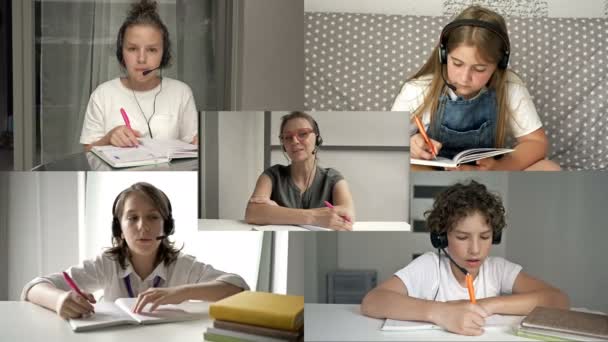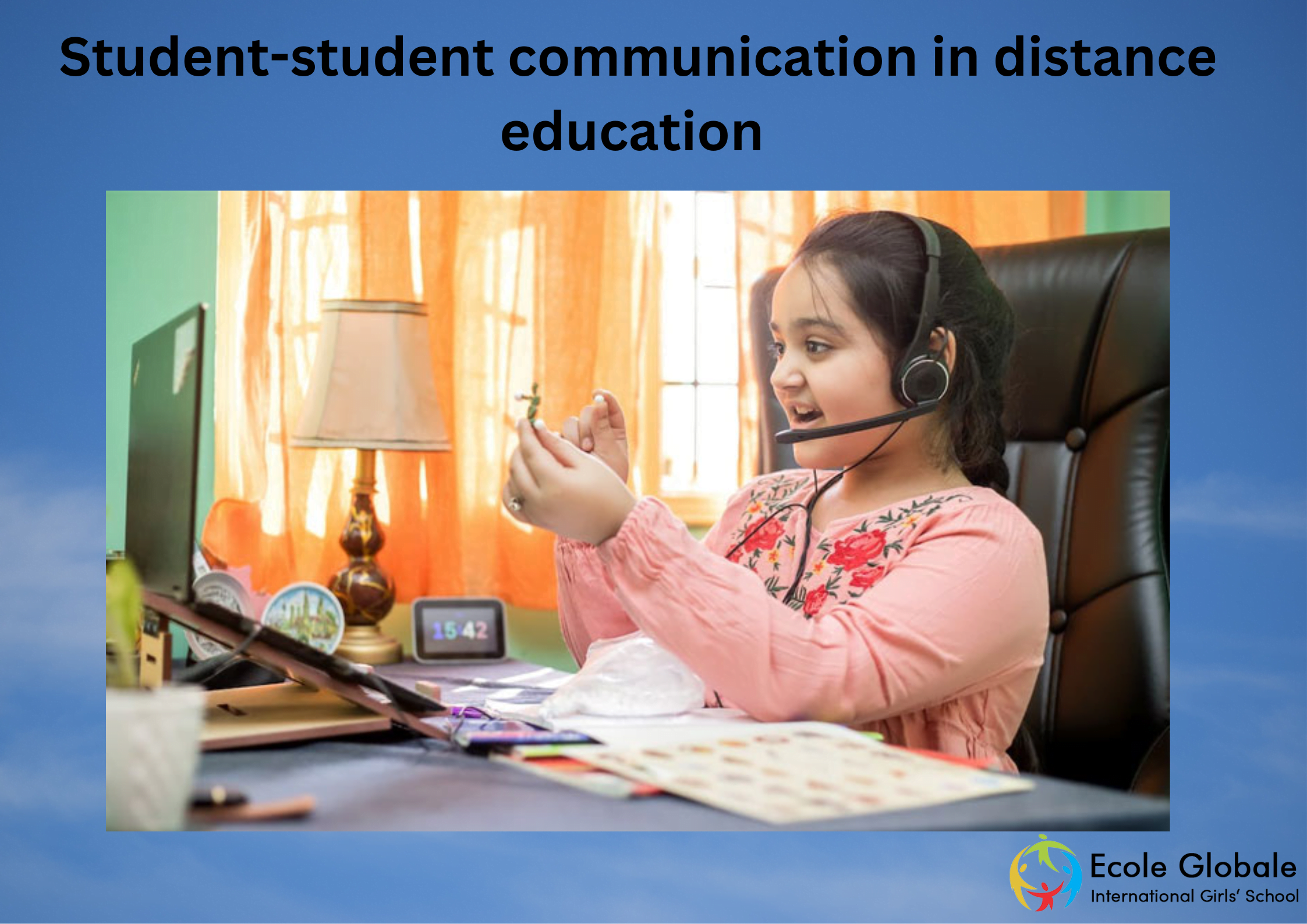Distance education is a method of teaching that involves the use of communication technologies to facilitate learning. It can be delivered through different mediums, such as television and radio. Distance education can also be conducted using the internet and other computer-based platforms.
Distance education allows students to learn at their own pace, without having to attend regular classes. This type of education may help those who have busy schedules or live far away from a university or college. As per research conducted by School in Dehradun distance learning programs usually consist of online courses and other resources related to the subject matter being studied.
They also often include homework assignments that must be completed before the next class session begins.
Students are expected to stay up-to-date on what’s happening in their course, so they should check in regularly with their instructor or another member of their class for updates about upcoming events such as quizzes or examinations through email messages, phone calls, etcetera.
ALSO READ : DISTANCE LEARNING
Student-student communication in distance education

Student-student communication is the most important aspect of successful distance education. Without it, the student would be unable to learn from her peers or get help from them.
Many types of student-student communication take place in distance education. The most common is called asynchronous communication, which means that it does not happen at the same time as another activity; it’s done when it’s convenient for both parties, who may not even be in the same time zone. For example, a student might send an email message to another student and schedule a time to meet via Skype later in the day.
Another type of student-student communication is called synchronous communication, which occurs at the same time as another activity—for example, when two students are chatting on Facebook while watching a YouTube video together.
There are also many different ways to communicate with your fellow students: through forums or discussion boards on websites like Moodle or Blackboard; through one-on-one messaging apps like Facebook Messenger; through video chats; through text messaging apps like Whats App and Kik Messenger; by posting comments on each other’s blogs; and so on!
All of these strategies can be very effective tools for learning together with your fellow students and helping each other out with classwork and projects.
Challenges Faced During Student-Student Communication In Distance Education

Student-student communication in distance education is a significant source of communication problems. The following are some of the problems that occur during this type of communication:
1) Students fail to complete assignments or submit them on time. This problem can be overcome by using various strategies such as assigning deadlines for each assignment and providing feedback at regular intervals.
2) There are no social cues or nonverbal behaviours which make it difficult for students to understand each other’s intentions or motives. This problem can be overcome by using e-mail, instant messaging or phone calls to improve communication skills.
3) Students have difficulty expressing their feelings and emotions because face-to-face interactions are absent in distance education. This problem can be overcome by encouraging students to use emotional words while writing essays and expressing their feelings openly online through discussion boards and chat rooms.
4) Students do not develop an identity as learners because they cannot see themselves as others see them when they are communicating online with their peers or instructors. This problem can be overcome by ensuring that students have access to tools such as blogs where they can write about their thoughts and feelings regarding a particular topic being discussed in class.
Tools for student-student communications in distance education

Student-to-student communication is an important part of any distance education program, but it’s also one that can be difficult to manage. With students scattered across the country and around the world, it’s important to give them ways to connect outside of class time. Here are some tools you can use to facilitate student-student communication:
- Social media platforms – These days, most students have accounts on Facebook, Twitter and other social networks. They’re a great way for students to keep in touch with each other when they may not be able to meet face-to-face. If you want to use social media with your distance learners, make sure that you set up a page for them (or suggest that they create one). You can also encourage them to use hashtags related to your course or assignment so that others can find them easily when searching for content relating to your course subject matter.
- Texting apps such as WhatsApp and Apple’s iMessage service are another option for communicating with groups of students about assignments or general questions about the course material. These apps allow you to send text messages through your phone number (rather than via email), which means they’re more likely to get read by recipients since they appear directly on their phones rather than in their inboxes
- Live chat: Students can use a live chat tool to communicate with each other on a one-on-one basis or in groups. This tool also enables teachers to monitor the conversations and respond to questions as needed.
- Forums: Forums allow students to post questions and comments related to the course content or assignments. They also enable teachers to monitor posts and respond when necessary.
- Email: An email is an important tool for communicating with students because it provides a private channel of communication between teacher and student outside of class time. Although email is useful for sending reminders about upcoming assignments or due dates, it does not allow for immediate responses from either party if there are questions about the subject matter being discussed.
Conclusion
Once students are equipped with the tools and knowledge to succeed in online education, a shift will occur in how students interact with one another during the educational process. This shift will allow them to feel more comfortable communicating with each other and thus prepare them for their future careers.
Although some of the issues have been debated here and there, many neglected areas have not been even mentioned. Distance education teachers should put the necessary efforts into research and find out more about those challenges and potential solutions when planning to communicate with students through distance education.
For any queries related to parenting, schooling, or any student-related tips, click here to check out our latest blogs









